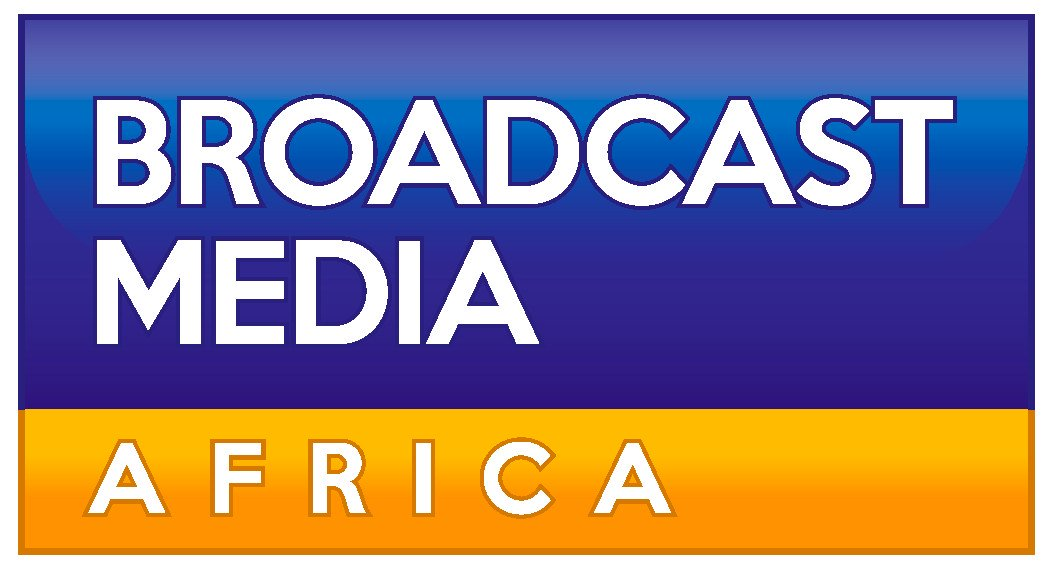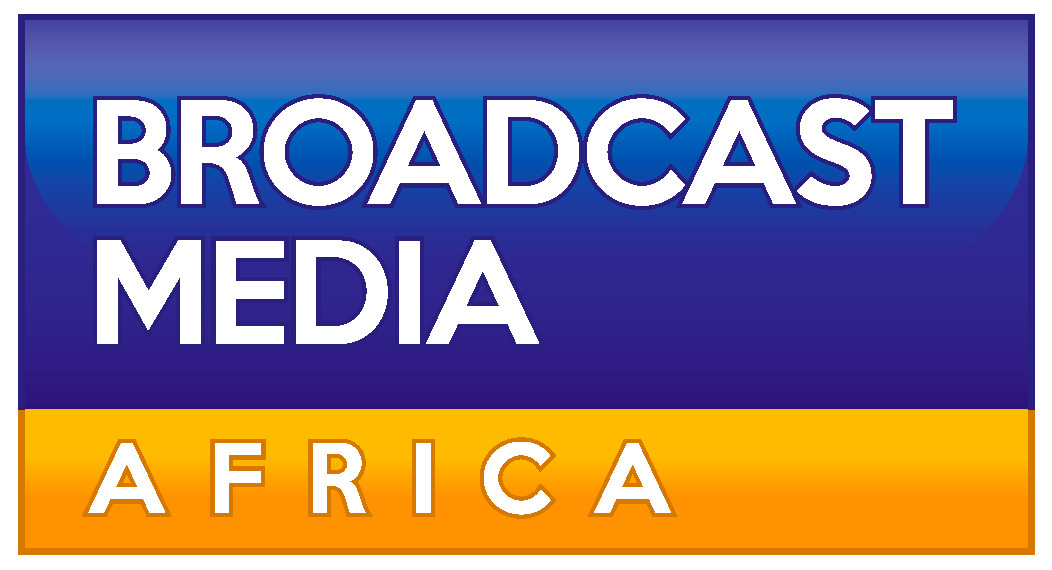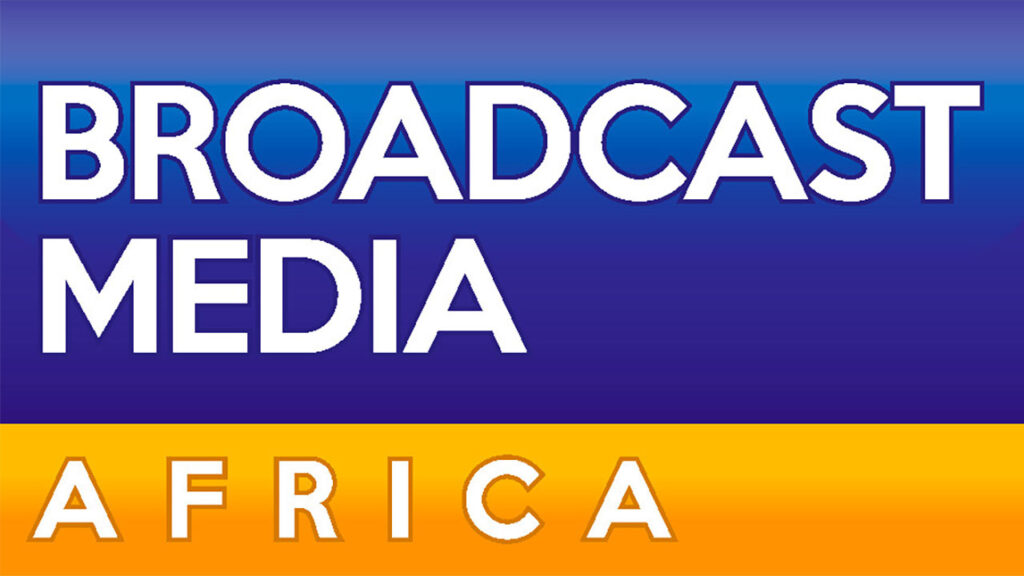

According to GlobalData, an analytics and data company, Starlink is set to launch in 14 new African markets by 2025, which will intensify the pressure on traditional telecom incumbents. This shift is prompting a need for greater collaboration within the industry.
The research firm highlights that telecom companies are now exploring their own alternative Low Earth Orbit (LEO) satellite solutions to retain their market position and leverage emerging opportunities.
Recent partnerships illustrate this trend: for example, the Orange and Vodacom collaboration in the Democratic Republic of Congo aims to expand network access in rural regions; Safaricom is working with local satellite operator ESD Kenya; ZainTech has joined forces with Arabsat to enhance coverage in North Africa; and Vodacom and MTN are actively seeking to improve connectivity within their operating areas through LEO technologies.
Ismail Patel, a senior analyst for enterprise technology and services at GlobalData, comments, “The swift change in focus among African telcos can be attributed to various factors, with Starlink serving as a significant catalyst. These companies increasingly view unserviced and underserved markets as viable opportunities instead of financial burdens.”
He adds, “Starlink has undeniably altered the competitive dynamics of connectivity in Africa, prompting telecom operators to target rural areas that have previously been overlooked.
“The global LEO market provides competitive pricing and a level of connectivity quality that has not been experienced by many in Africa.
“However, African telecom groups still possess advantages. They can deliver specialized, tech-driven services to small and medium-sized businesses (SMBs) that global LEO providers typically cannot, including enhanced supply chain management, e-health solutions, weather-related risk management, mobile payment services, and natural resource management.”










